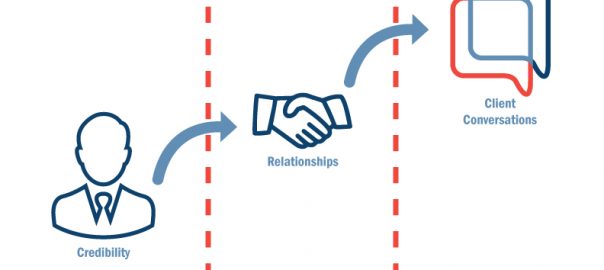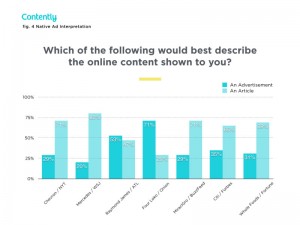“We need our people to be recognized as trusted advisers building trust in professional services rather than as product peddlers.”
Is this something you have heard (or even said) in your business? I heard it again recently from a client whose business has changed dramatically in recent years. Its past reputation came from selling products; today most revenue comes from high-value services. In order to grow in the future, they need clients to trust their recommendations and ability to execute.
I find that many professionals have made “trust in professional services a key business goal, and they generally know plenty about their area of expertise. Yet many stumble due to wrong assumptions about both what trust in professional services really means to buyers as well as the most efficient path to build trustworthiness. The result is a slow descent into commoditization or simply looking and sounding like everyone else. Commoditization is the polar opposite of distinctiveness and the enemy of growth.
So how can professional service providers actually become trusted to a degree that helps them rise above the crowd? From my experience on the front lines plus research into consumer psychology, I have found that prospective clients have to answer two questions for themselves before granting you their trust: “Do you know what you’re doing?” and “Will you work in my best interest?”
When confident the answers are yes, those prospective clients’ belief system elevates to something like: “They are experts and good people. I believe that they will carefully consider my needs and keep up with needs as they change. They won’t treat me like part of a herd and won’t give me the same advice they’d give anybody else. They are not going to pass my work off to a junior person or outsource it to someone who doesn’t understand what I need. They wouldn’t sell me a product that wasn’t appropriate for me just because it’s profitable for them.”
Avoiding the “Trust in Professional Services” Trap
That is certainly what we want clients and prospects to believe. To get there, professional service providers must work in sequence through three levels of competency—and avoid two traps in the sequence.

The first and most basic level involves Building Credibility. This is the realm of credentials, certification, and experience—attributes that show up on résumés and are searchable online when potential clients do their homework on you. Credentials are an area where many professional service firms focus their marketing. Yet these days your credentials are considered “table stakes,” or minimum requirements, by most prospects. The first Trustworthiness Trap I have seen is the belief that credibility alone is enough to earn trust in professional services and grow the business.
The second level involves Developing Relationships. Has your firm made a commitment to strategically cultivate and prioritize business relationships? I see high-performing firms that have committed to some form of customer relationship management (CRM) system. They have also developed an Ideal Client Profile that defines priorities for their business development and sponsorship activities.
On the other hand, I also hear from professionals who are frustrated with their prospect lists. One recently said about a longtime friend who pledged her business to a competing firm, “She likes us but is not going to invest with us.” You can have healthy personal relationships that never develop into business or referrals. The second Trustworthiness Trap is the belief that having relationships, even seemingly strong ones, will necessarily drive growth. In order to leap over that trap, you need to activate those relationships—for yourself and across the firm.
The third and highest level involves Mastery of Client Conversations. At that level, everyone close to your business (e.g., employees, current clients, those who can provide referrals) knows how to talk about the business. Everyone is equipped with brief, conversational language (not mission statements!) and stories to share—whether the opportunity is at a business conference, networking event, regular client meeting, or a social conversation in the stands at a game.
These three levels represent a progression for business growth with each new level building upon the previous one. Ultimately you and your colleagues can become credible, competent experts plus relationship builders plus skilled leaders of the client conversation.
You might think of this trust in professional services model as “Ready, Set, Go” for the business. The “Ready” part includes your credentials and relationships. With those at hand, getting “Set” means equipping everyone with the knowledge and tools for good client conversations. And “Go” means not only launching the initiative across the organization but also keeping it a priority over time.
Get it right, and you’ll be on the path toward more new clients, more services sold to existing clients, and greater client loyalty.
Business & Finance Articles on Business 2 Community(58)
Report Post







